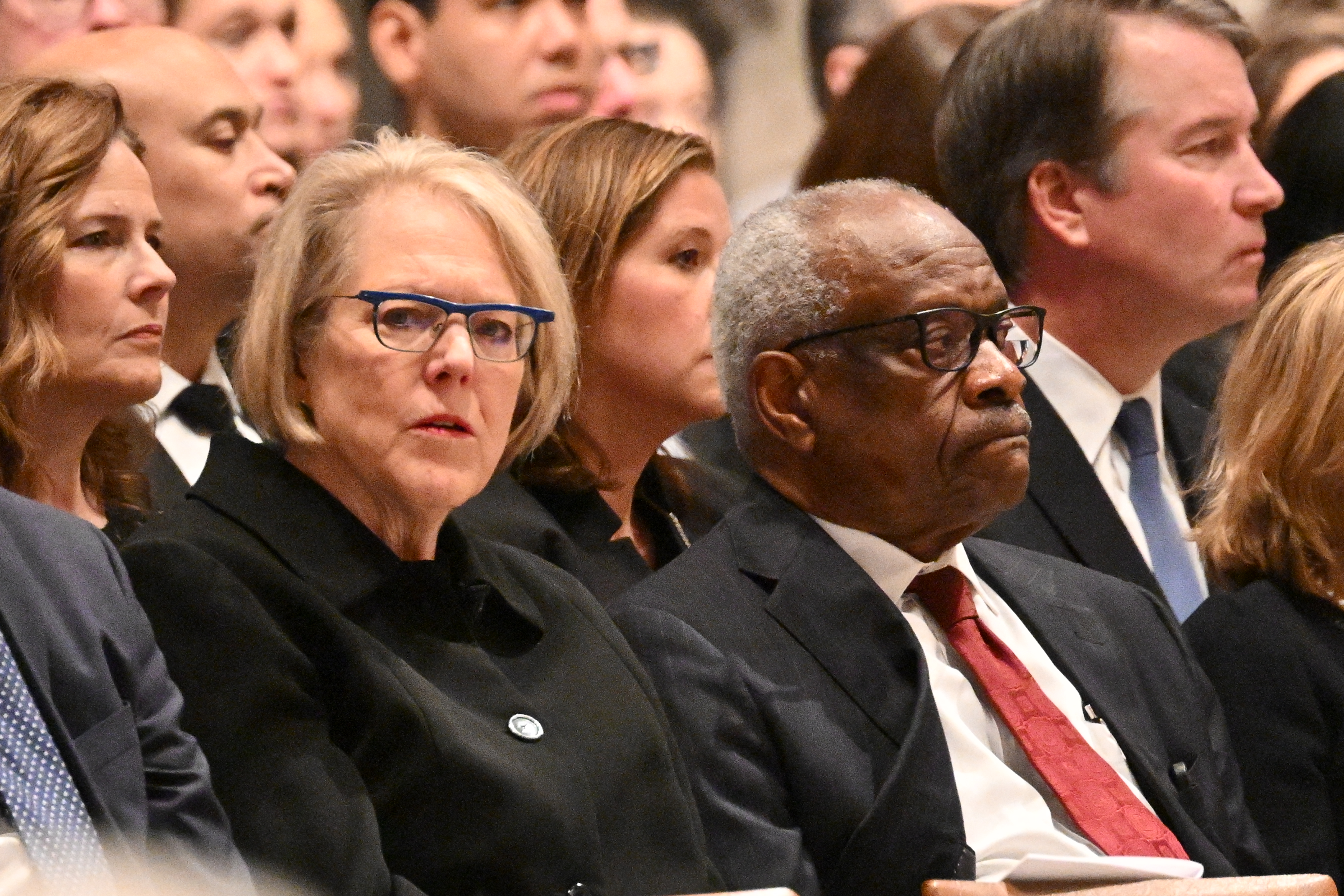Thursday's Google Doodle honors Chinese-American artist Tyrus Wong on the day he would have celebrated his 108th birthday.
A talented child immigrant, from the very beginning of his life in America, Wong was forced to battle against racism which would dog his later career. His artistic talents were expressed through his many years of animation work at top film studios though the extent of his contribution was not recognized until later life.
Wong was born in China's southern Guangdong Province on October 25, 1910. In 1920, he left for the U.S. with his father, leaving behind his mother and sister who he would never see again.
Father and son began their long journey to America with fake identities in the hope of getting around the Chinese Exclusion Act, which since 1882 had restricted the number of Chinese immigrants allowed to settle in the U.S. Though his father got through, Wong was held for almost a month before being allowed to enter the country, The New York Times wrote in its 2016 obituary of Wong.
Once in, the pair settled in Los Angeles, California and Wong began attending school where his teachers began to notice the young student had a flair for art. This later translated into a scholarship allowing Wong to attend the Otis Art Institute where he would sharpen the skills that would make his name. After the scholarship ended, Wong and his father worked hard to scrape together funds to allow him to continue his studies.
His father died soon after Wong graduated, leaving him alone. However, he soon met second-generation Chinese-American Ruth Ng Kim whom he married in 1937.
The young artist had dreams of the big screen, and Wong set out to make his mark on Hollywood. One of his most famous contributions was to the 1942 movie Bambi for which Wong's watercolor paintings inspired much of the film's backdrop. At the time, he was only credited as a background artist, the Independent said.
Ingrained anti-Chinese racism meant this lack of critical acclaim would follow Wong throughout his career. Though the Chinese Exclusion Act was lifted in 1943, its effect on the national psyche would endure.
And with the arrival of World War Two, suspicion fell on anyone of Asian descent, whether Japanese or otherwise. Wong even recalled wearing a pin on his lapel declaring he was Chinese, not Japanese, for fear of violence. He became a U.S. citizen in 1946.
Nonetheless, Wong enjoyed a prolific 26-year career working for Disney and Warner Brother Studios as a production assistant, applying his artistic talents to countless projects. Other major credits include The Sands of Iwo Jima (1949), Rebel Without a Cause (1955) and The Wild Bunch (1969).
Alongside his animation work, Wong was also an accomplished calligrapher, muralist and set designer. This led to work as a Hallmark greeting card designer and a kite-maker, while his paintings—many inspired by Chinese artists of the Song Dynasty—were featured in exhibitions alongside Picasso and Matisse.
In 2001, Wong finally received proper recognition for his decades of influential work. Disney honored him as a Disney Legend for his outstanding contributions over his long career. He died in 2016 at the age of 106, his legacy finally secured within the history books of American art. He was survived by three daughters and two grandchildren.
Google Doodle creator Sophie Diao said Wong's "work has inspired me since I first learned about him as a first-year animation student." Diao explained his art "motivates me to think about ways to channel my own Chinese heritage in the stories and artwork I make."
Wong's daughters Kim, Tai-Ling, and Kay collaborated with Google on the project. They revealed, "Our Dad was always creating art. Growing up, we benefited from his rich imagination and creativity— from his design of our family's home and garden to the handmade holiday gifts he created for us even when he was in his 90s."
"Through his work ethic, appreciation of nature's beauty, and joy in creating art, Dad was a role model for us," they added. "We miss him very much and to this day, whenever we see something humorous, clever, or beautiful, we think of him and wish we could share it with him."
Uncommon Knowledge
Newsweek is committed to challenging conventional wisdom and finding connections in the search for common ground.
Newsweek is committed to challenging conventional wisdom and finding connections in the search for common ground.
About the writer
David Brennan is Newsweek's Diplomatic Correspondent covering world politics and conflicts from London with a focus on NATO, the European ... Read more
To read how Newsweek uses AI as a newsroom tool, Click here.








